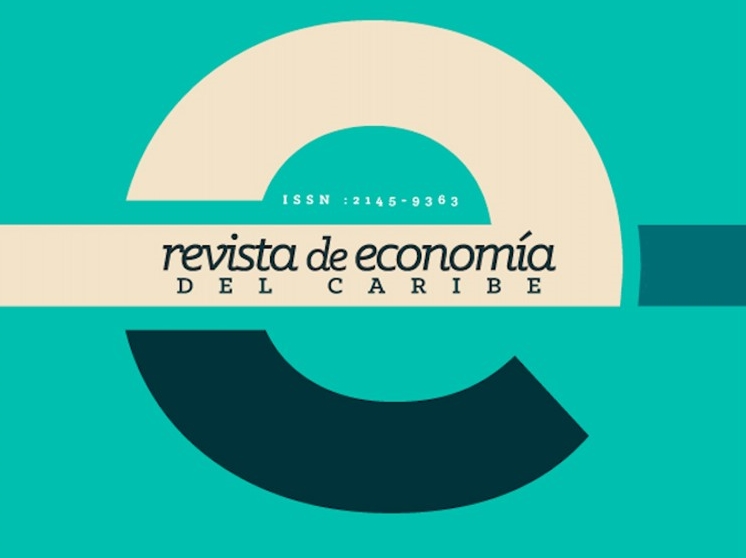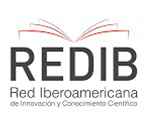Tax Policy and Informality in the Brazilian Economy
Keywords:
shadow economy, dynamic general equilibrium, taxationAbstract
The COVID-19 pandemic highlighted the extent of informality in the Brazilian economy.
Factors such as unemployment, employment without formal contracts, and a high tax burden are widely documented in the literature as key determinants of this phenomenon.
However, the specific impacts of tax changes on informality remain underexplored. This study aims to analyze the effects of fiscal experiments on informality in Brazil using a dynamic general equilibrium model. The results show that increases in tax rates stimulate informality across various dimensions – consumption, production, and labor – leading to
negative consequences for tax revenue and exacerbating levels of tax evasion.
References
Berdiev, A., Goel, R. K., & Saunoris, J. W. (2020). International disease epidemics
and the shadow economy. CESifo Working Paper.
Bracci, A., Lindner, J. F., Stoecklin, D., & Adida, B. (2020). The COVID-19 online
shadow economy. arXiv Preprint, arXiv:2008.01585.
Busato, F., & Chiarini, B. (2013). Steady state Laffer curve with the underground
economy. Public Finance Review, 41(5), 608–632.
Carvalho, F. A. de, & Valli, M. (2011). Fiscal policy in Brazil through the lens of an
estimated DSGE model. [Sin editorial].
Castro, M. R. D., Carvalho, C., & Portugal, M. S. (2015). SAMBA: Stochastic
analytical model with a Bayesian approach. Brazilian Review of Econometrics, 35(2),
–170.
Cavalcanti, M. A., & Vereda, L. (2015). Fiscal policy multipliers in a DSGE model
for Brazil. Brazilian Review of Econometrics, 35(2), 197–232.
Dellas, H., Neanidis, K. C., & Philippopoulos, A. (2017). Fiscal policy with an
informal sector. CEPR Discussion Paper No. DP12494.
Dessy, S., & Pallage, S. (2003). Taxes, inequality and the size of the informal sector.
Journal of Development Economics, 70(1), 225–233.
Elgin, C., Kose, M. A., Ohnsorge, F., & Yu, S. (2021). Understanding informality.
[Manuscrito sin publicar].
Gerali, A., Neri, S., Sessa, L., & Signoretti, F. M. (2010). Credit and banking in a
DSGE model of the euro area. Journal of Money, Credit and Banking, 42, 107–141.
Gomes, T. G. P., Besarria, C. N., & Jesus, D. P. (2022). Os efeitos da informalidade
sobre a economia brasileira: Uma investigação por meio de um modelo DSGE Novo
Keynesiano. In Anais do 50º Encontro Nacional de Economia (ANPEC), Fortaleza,
CE.
Iacoviello, M. (2015). Financial business cycles. Review of Economic Dynamics,
(1), 140–163.
Junior, C. J. C., Garcia-Cintado, A. C., & Usabiaga, C. (2015). Fiscal adjustments
and the shadow economy in an emerging market. Macroeconomic Dynamics, 1–35.
Meneguin, F. B., & Bugarin, M. S. (2008). A informalidade no mercado de trabalho
e o impacto das instituições: Uma análise sob a ótica da teoria dos jogos. Economia
Aplicada, 12(3), 341–363.
Orsi, R., Raggi, D., & Turino, F. (2014). Size, trend, and policy implications of the
underground economy. Review of Economic Dynamics, 17(3), 417–436.
Paes, N. L. (2010). Mudanças no sistema tributário e no mercado de crédito e seus
efeitos sobre a informalidade no Brasil. Nova Economia, 20(2), 315–340.
Pinto, A. R., Chein, F., & Pinto, C. C. X. (2013). Restrição de crédito e decisão de
investimento: A experiência do setor informal no Brasil. Instituto de Pesquisa
Econômica Aplicada (Ipea).
La Porta, R., & Shleifer, A. (2014). Informality and development. Journal of
Economic Perspectives, 28(3), 109–126.
Schneider, F. (2000). Dimensions of the shadow economy. The Independent Review,
(1), 81–91.
Schneider, F., & Enste, D. H. (2000). Shadow economies: Size, causes, and
consequences. Journal of Economic Literature, 38(1), 77–114.
Solis-Garcia, M., & Xie, Y. (2018). Measuring the size of the shadow economy using
a dynamic general equilibrium model with trends. Journal of Macroeconomics, 56,
–275.
Webb, A., McQuaid, R., & Rand, S. (2020). Employment in the informal economy:
Implications of the COVID-19 pandemic. International Journal of Sociology and
Social Policy.
Williams, C. C., & Öz-Yalaman, G. (2021). The coronavirus pandemic, short-term
employment support schemes and undeclared work: Some lessons from Europe.
Employee Relations: The International Journal.
Published
Issue
Section
License
I, ____________________________________________, author of the work and/ or article, adult, residing in the city of _________________, bearing the Identity Card/Passport n.° ______________________, issued in _______________________, in command of his/her/their physical and mental faculties, party hereinafter referred to as AUTHOR, signs the following authorization so the reproduction, publication, communication and distribution of the work can be done, under the following terms:
1. That, regardless of existing legal regulations due to the relationship of the parties to this contract, and any other existing legal presumption, the parties agree that the AUTHOR authorizes the Universidad del Norte, with the purpose of reproduce, publish, communicate and distribute the material called in the Revista de Economía del Caribe.
2. That such authorization apply to the copyright of the work, by any means, known or to be known, the public communication of the work, and the distribution of the work, directly or by third parties, purely educational purposes.
3. The AUTHOR undertakes to inform and declare the existence of this authorization and to preserve the right of the journal Revista de Economía del Caribe to the first publication of the work.
4. The AUTHOR states that the article is original and his/her/their exclusive creation, there being no impediment of any kind for the authorization he/she/they is/are giving, responding thereto by any action: claim, plagiarism or any other type of complaint that might arise about.
5. That such authorization is granted for free.
6. The moral rights of the author on the article correspond exclusively to the AUTHOR, in virtue of which, the Universidad del Norte agrees to expressly and rigorously recognize and respect them.





























